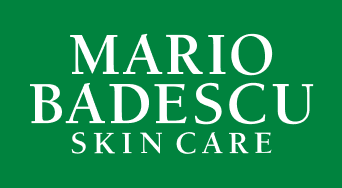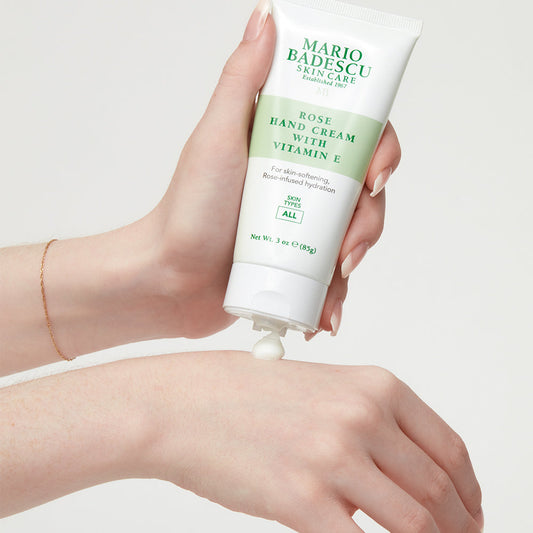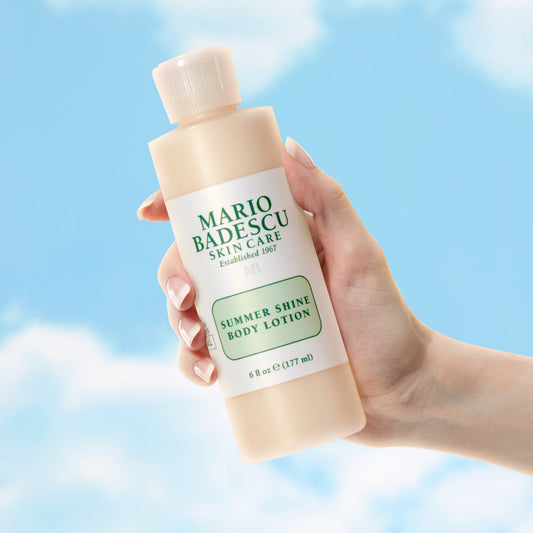1. Be careful, always. Common sense, yes, but some things just have to be said when it comes to wielding sharp products in not-so-ideal (i.e., very slippery) conditions. Shave as if you were using a straight razor- even when you're not- because carelessness and haste are typically the culprits behind unnecessary shaving irritation.
2. Check your razor blades. Shaving with a dull blade actually increases chances of cutting and irritating the skin. Using a disposable razor? Switch every two to three uses to ensure a pristine and sanitary blade. With all razors – disposable, electric, straight, etc. – you must clean well after each use. Make sure that the blades are completely dry before storing in a cool, dry place. (So no, keeping your razor in the shower is not a good idea!)
3. Never dry shave. Don’t even think about it. It’s the quickest route to razor burn, bumps, cuts, and ingrown hairs. Only shave after the area is damp and softened (for body hair, shave in the shower; for facial hair, shave after skin is softened by pressing a hot towel to the face for 30 to 50 seconds).
4. Always prep your skin. It’s the extra step that makes all the difference in the world. Never skip using shaving cream. (Bonus points if you add a pre-shave conditioner to your regimen; it’ll further soften the skin and hairs for an even smoother, more perfect shave.
5. Shave in the direction of hair growth. Shave with long, even strokes, applying minimal pressure so the blade glides over the skin (and reduces risk of cuts or skin irritations). Be sure to rinse the blade in between strokes. Remember: multiple passes allow for a close shave, whereas shaving against the grain increases risk of irritation.
6. Check the label. Look for shaving products packed with anti-inflammatory benefits. Ingredients like Aloe Vera, Chamomile Extract, and Lavender Extract offer cooling and soothing relief.
7. Re-hydrate post-shave. Shaving tends to dry skin out, making moisturizer essential to the grooming process. Restore hydration with a lightweight yet nourishing balm or cream to help the skin retain natural moisture levels.
8. Reduce and help heal irritations. Skin still a little raw or sensitive? Apply an antibiotic ointment cream on affected areas to help heal the skin, prevent infection, and reduce any redness and inflammation.




